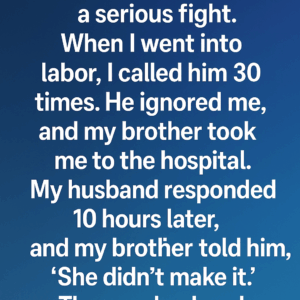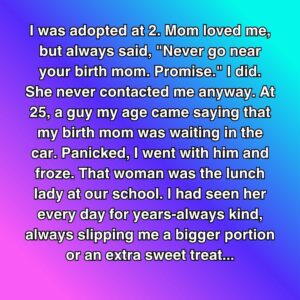On a flight with my mom, I’d booked the window and aisle hoping the middle seat would stay empty — but a woman took my aisle and pretended it was “open seating.” When the rightful passenger arrived, she reluctantly moved, glaring at me from a row behind. The man who took the aisle turned out to be gentle and grieving — he’d recently lost his wife and was learning how to live again. We talked quietly through the flight, and before we landed, he thanked me for simply listening.
After the flight, the same woman snapped at a barista in a café, and I finally called her out — not over the seat, but her constant disrespect. Meanwhile, the man surprised me by gifting me his book about grief, and later I discovered he had written it himself. I wrote a heartfelt review that went viral, and we began emailing. He invited me to speak at a support group he was forming, and I watched strangers find strength together in shared loss.
Months later, the same rude woman showed up at one of the meetings — changed, humbled. She admitted she’d been grieving her father and lashing out at the world, and she thanked me for holding a mirror to her behavior. Our awkward airplane moment had turned into something unexpectedly healing — for all of us.
By the end of the year, that middle seat I once dreaded became a symbol of connection and kindness. I still have his book, worn from reading, and I now believe the “worst” seat can sometimes bring the best lessons. In life, just like on planes, we don’t always choose our seat — but sometimes, the stranger beside us ends up changing everything.





